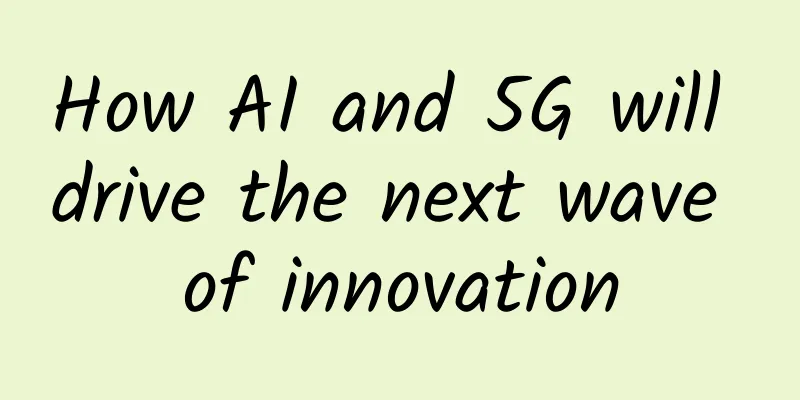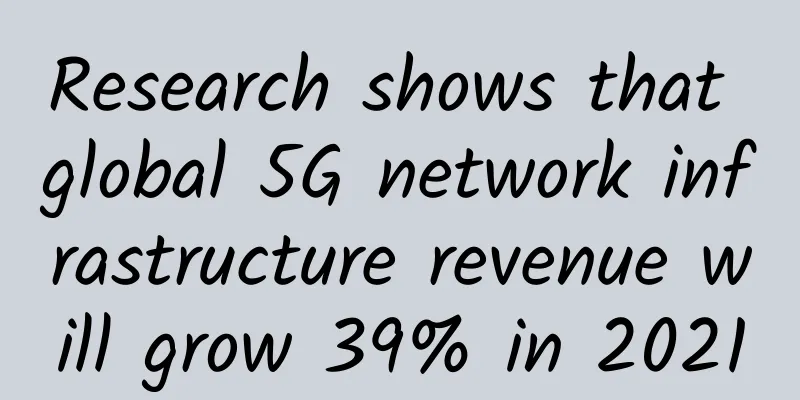Eight facts about data center design and construction

|
This article points out eight facts in data center design and construction. See if you are still kept in the dark?
1. As long as there is power input, there will be heat output In the power supply system of the data center, most of the electrical energy is converted into heat, and only a small amount of electrical energy is actually used. This is due to the resistance of the power supply lines in the data center. Unless your data center uses superconductors for power supply, you will always pay for the heat that is lost to the space. 2. Failure will eventually occur The probability distribution of system failures follows a random pattern, which means you can never reduce the probability of an accident to zero. You need to pay attention to the path between the UPS and the load and the redundant fault tolerance of the cooling system. 3. The density of electrical loads will continue to increase Several years ago, a server rack could only hold less than ten servers, but now it can hold dozens of blade servers; several years ago, the average power of each rack was about 1-2kW, but now it is 3kW or even higher, and high-density racks have even increased from 3-5kW to 20-25kW. Therefore, electricity costs will be one of the important factors affecting the development of data centers. 4. Requirements for availability will increase The loss of downtime is getting bigger and bigger. If a website is down, a potential customer will leave within 8 seconds and visit another website; if a router is down, hundreds of users on the LAN may not be able to work; if a fiber room is down, thousands of users may be disconnected from the network, and the loss is immeasurable. 5. If operators are not well-trained, the possibility of data center failure will increase Due to a shortage of talent, high labor costs, and the absence of training institutions, most data center operators today receive little or no training. As a result, data center operators have to acquire knowledge through manual operations and informal training, and acquire knowledge through mistakes and even costly downtime, which is extremely unprofitable. 6. The system may fail during a state change (e.g. maintenance) The time it takes to fail and the time it takes to cause a failure are a combination of the laws of physics and human behavior. Take a light bulb for example: when you turn it on, the temperature of the filament changes rapidly, and the filament material expands, causing the filament to break; the IGBT devices in a UPS will also show similar failure modes due to thermal shock when powered on. In the same way, redundant and backup systems may fail when switching. Due to human factors, systems are more likely to fail after a state change, perhaps because the system did not return to the operating state correctly. 7. Any equipment needs maintenance Proactively checking all equipment helps extend the life of your equipment, predict and pre-empt potential problems, and stay ahead of failures. 8. Data centers need to go through four to five generations of IT equipment replacement If the life cycle of a data center is greater than 15 years, IT equipment often needs to be replaced every 3 to 4 years, and there may be significant changes every year. |
<<: The joys and worries of data center virtualization
Recommend
Top 10 predictions for the IoT industry in 2018
The IoT industry had a brilliant year in 2017. So...
Challenges of managing applications
One of the most important lessons that businesses...
Baidu Takeaway Zhang Jian: Using software engineering thinking to solve operation and maintenance problems
[51CTO.com original article] On April 14, 2017, W...
After three years of preparation, China Radio and Television's entry into 5G has its advantages and disadvantages
After 14 years of "three-kingdom melee"...
"Building Intelligent Computing Power to Empower the Digital Economy"——2021 Ascend AI Server Product Launch Conference Successfully Held in Beijing
Spring brings blessings, and everything is glorio...
With costs increasing by 30%, will mobile phone prices rise across the board?
This year is the explosive growth period for 5G c...
AlphaVPS: Large hard disk VPS starts at 15 euros per year (or €2/month), AMD EYPC+NVMe series starts at €3.99/month
AlphaVPS is a Bulgarian local host (DA Internatio...
Juniper Networks continues to innovate and breaks down four barriers to embrace the era of digital convergence
[51CTO.com original article] The 2017 Juniper Net...
Megalayer US optimized bandwidth VPS simple test
The tribe has shared information about Megalayer ...
Behind the 13 consecutive fines: When will the operators’ “low-price bidding” stop?
According to people familiar with the matter, a c...
Why SDN and IBN Require Better Network Visibility
Intent-based networking (IBN) has been a topic of...
RackNerd promotion summary: US VPS annual payment starts from $9.89, US dedicated server quarterly payment starts from $140
RackNerd is a foreign hosting company founded in ...
Building a cloud foundation to connect the world | Ruijie Networks presents cutting-edge products at the 2021 PT Expo
On September 27, 2021, the 30th China Internation...
How wireless mesh networking technology can power smart buildings
Smart buildings are becoming increasingly importa...
If there is a problem with IT asset audit, I will ask you whether you are afraid or not.
No one likes audits. As an IT manager, the thing ...









